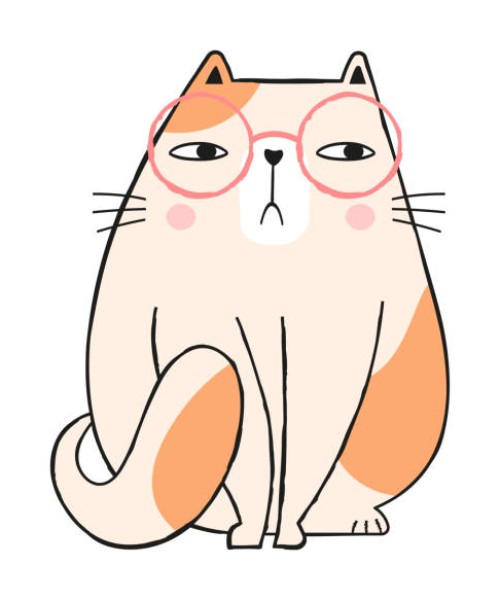心理学论文代写:Treatments For Mood Disorders
情绪障碍被定义为情绪状态中的一种极端干扰。根据俄亥俄州立大学医学中心,情绪障碍没有直接的原因,但可以连接在大脑和改变生命的事件的化学不平衡(俄亥俄州立大学,2012)。在今天的医疗领域的进步之前,情绪障碍不被认为是脑疾病。也有这样的“障碍”的治疗方法。然而,今天我们还继续学习关于人类大脑和心理疾病如情绪障碍及有效治疗(罗格,2012)。这种疾病被分为两组,称为单极和双极性。单极性意义上的人显示一个特定的情绪,如悲伤;而与双极性,可以显示两个特定情绪类型,或许悲伤添加时期得意(Nevid J.,Rathus,美国,格林尼,2008)
在被调查的2090万美国人2005复制研究调查患型心境障碍(NIH的事实表,2012)。有许多类型的疾病,一个人可以患上。严重的情绪障碍包括双相情感障碍,抑郁症和双抑郁障碍;而次要的疾病包括:抑郁症、躁郁症、产后抑郁症(PPD)。(Nevid J.,Rathus,美国,格林尼,2008)
从解释主要的情绪障碍开始,我们将开始与双相情感障碍。双相情感障碍是一种情况,人们可以很快地从一个很好的情绪转变为易怒的情绪。它可以在15-25罗格岁之间的个人的发展,2012)。这是一个常见的名字是“情绪障碍”由于突发性,人的情绪适应。一个时刻,他们可能有点沮丧,有一个“向下”或“低”的时期,一个星期后,他们可以达到一个高。在这种被称为“狂热”的过程中,人们常常会体验到被夸大的自尊,一种超能力或天赋的感觉,以及“神样”的倾向。那些患有躁郁症的人可能不会得到太多的睡眠,将是非常健谈和超。他们可能很容易分心,有参与活动的冲动鲁莽。(Nevid J.,Rathus,美国,格林尼,2008)
用于双相情感障碍的治疗与双相情感障碍和其他情绪障碍没有直接相关。治疗的目的是减少和/或稳定情绪波动。最常见的药物是碳酸锂。它是一种高效的药物,减少了一些疯狂的发作次数。然而,由于药物是有效的,许多患者停止服用药物,由于其副作用。他们只是不能处理的副作用,如站立不稳、运动功能下降、体重增加或损失。这种药物在长期内也有轻微的记忆力下降和肝脏问题的副作用。(Nevid J.,Rathus,美国,格林尼,2008)
心理学论文代写:Treatments For Mood Disorders
A mood disorder is defined as an extreme disturbance in emotional state. According to Ohio State University Medical Center, mood disorders do not have a direct cause but can be connected chemical imbalances in the brain and life changing event (Ohio State University, 2012). Prior to advancements in today's medical fields', mood disorders were not considered to be brain illnesses. There were also no treatments for such "disorders". However, today we are still continuing to learn about the human brain and psychological disorders such as mood disorders and how to effectively treat them (Rogge, 2012). The disorders are grouped into two groups called unipolar and bipolar. Unipolar meaning a person displays one specific mood type, such as sadness; while with bipolar, one can show two specific mood types, perhaps adding periods of elation to the sadness (Nevid J., Rathus, S., Greene,, 2008)
In a 2005 survey by the National Comorbidity Survey-Replication study 20.9 Million Americans suffer from a type of mood disorders (NIH Fact Sheet, 2012). There are many types of disorders an individual can be suffering from. Major mood disorders include bipolar disorder, major depressive disorder and double depression disorder; while the minor disorders include: dysthymia, cyclothymic disorder, and postpartum depression (PPD). (Nevid J., Rathus, S., Greene,, 2008)
To begin with explaining the major mood disorders we will start with bipolar disorder. Bipolar disorder is a condition where people can switch from a very good mood to an irritable mood very quickly. It can begin to develop in individuals between the ages of 15-25 Rogge, 2012). A common name for this is the "mood swing disorder" due to the abruptness in which peoples moods adapt. One moment they may be a bit depressed, having a "down" or "low" period, and a week later they could reach a high. During this high, called mania, people often experience magnified self-esteem, a feeling of super abilities or talents, and "god-like" tendencies. Those suffering from a manic episode may not get much sleep, will be unusually talkative and hyper. They may be easily distracted and have an overwhelming urge to partake in reckless activities. (Nevid J., Rathus, S., Greene,, 2008)
The treatment used for bipolar disorder is directly associated with bipolar disorder and none of the other mood disorders. The treatment is aimed to decrease and/or stabilize mood swings. The most common drug used is Lithium Carbonate. It is a highly effective drug and reduces number of manic episodes. However, as effective as the drug is; many patients stop taking the drug due to its side effects. They simply cannot handle to side effects such as grogginess, decrease in motor functions, and weight gain or lost. The drug has also some side effects of mild memory loss and liver problems over a long term period. (Nevid J., Rathus, S., Greene,, 2008)






